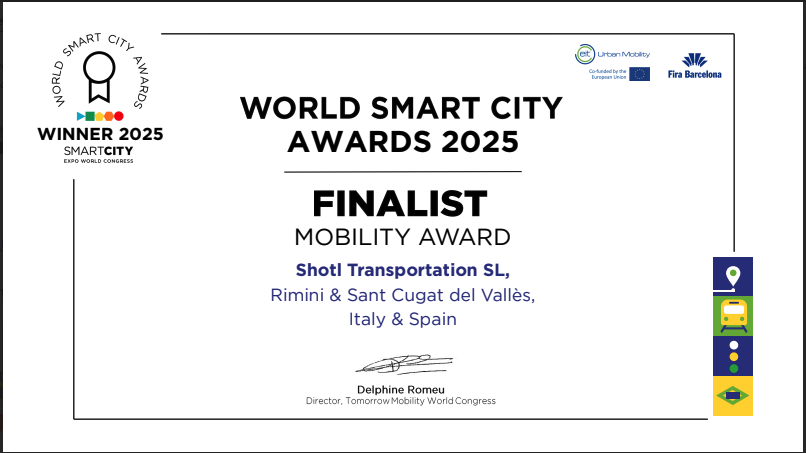


How to calculate the true value of DRT

What is the real value of on-demand public transport software? In our market economy, price is just one interpretation of the value a product or service has, according to the financial cost to the seller and the value for the buyer. However, we’re not talking just about the price here, but rather the value for the passenger, operator or municipality. And when it comes to demand-responsive transit (DRT), those different “buyers” may have very different ideas about the value the software has for them.
For the passenger, economic value (the cost of running a car versus the availability of cheaper, more convenient mobility options) may be a factor. Social value and convenience (time saving, easier access to goods and services, more social interactions, independence) could lead them to opt for public transport rather than a private car, or being stuck at home if they have no mobility options available. Growing environmental awareness may also add to the value.
Town or village planners will have the social value in mind in terms of area coverage and accessibility, along with service equity among communities, when evaluating DRT implementation. However, they are often dealing with short-term budgets that mean they expect immediate results (what’s known as a high “pilot vs. long run operations” rate).
So, what metrics can we use to assess social value? There are certain KPIs that can immediately shed light on the social success of an operation, such as ridership increase, traffic congestion or an increase in numbers of people in certain hotspots. However, gathering and analyzing the most relevant and mature data--such as car ownership, equality metrics, levels of wellbeing and the happiness of citizens, among others--is a long term process so it’s important to take the long view.
Software providers tend to focus mainly on technical features, technology efficiency and pricing competition. (After all, we’re looking at it from a sales perspective.) At Shotl, though, we also care about the social value of our operations in the long-term and aim to build strong human partnerships with all actors to make our solution a social success for all.
At the end of the day, economic and environmental benefits are clear arguments, while social benefits may only partially be evaluable in the short term. With this in mind, it then becomes important to educate people about the long term social value of DRT and gather data that can be a selling point in the future.
Popular posts
29.06.20
Slower Streets, Faster Recovery
As the world’s wheels begin to turn again, many cities are taking advantage of a unique opportunity to rethink urban space and ensure healthier streets.
Gerard Martret
21.11.25
Shotl Honored at Smart City Expo Mobility Awards for Rimini ShuttleMare Project
Shotl was nominated for the Smart City Expo Mobility Award for our ShuttleMare Rimini project and received special recognition. The summer beach service carried over 2,000 passengers weekly, cutting car use and parking stress. Proud of our strong colla
Rocío Goldín
26.10.20
How to avoid redundancy when switching to DRT
Smart mobility trends are pushing towns and cities to explore new mobility options for citizens while still struggling to fund public transport models inherited from the 20th century.


